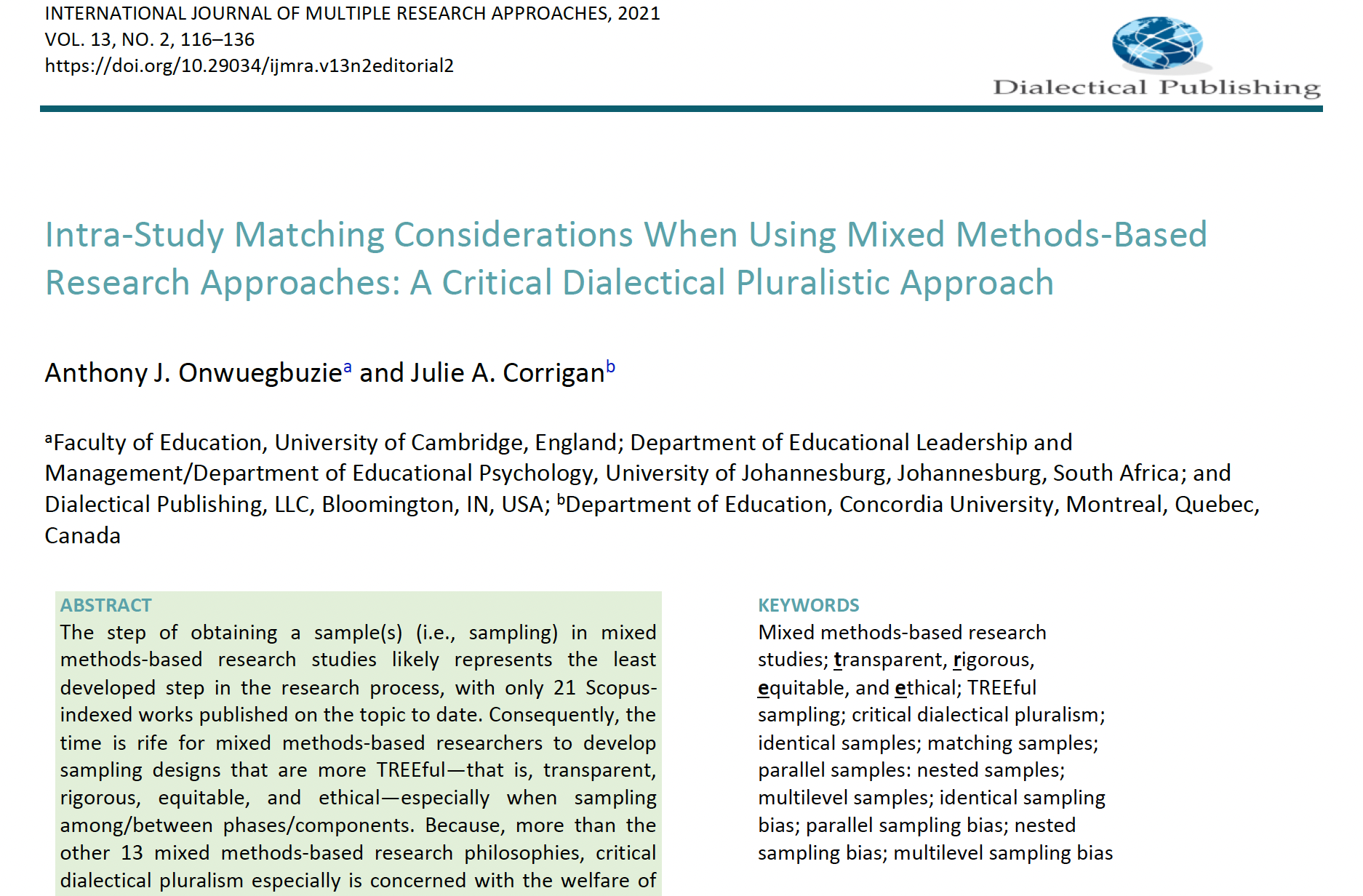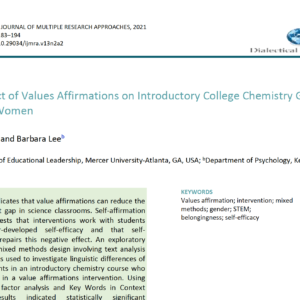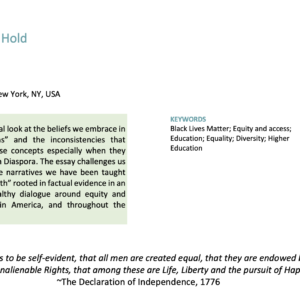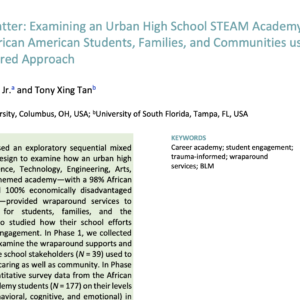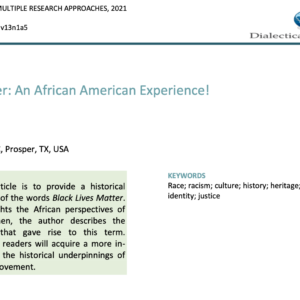13(2). 02. Intra-Study Matching Considerations When Using Mixed Methods-Based Research Approaches: A Critical Dialectical Pluralistic Approach
$30.00
Description
Author
Anthony J. Onwuegbuzie(a) and Julie A. Corrigan(b)
(a) Faculty of Education, University of Cambridge, England; Department of Educational Leadership and Management/Department of Educational Psychology, University of Johannesburg, Johannesburg, South Africa; and Dialectical Publishing, LLC, Bloomington, IN, USA; (b) Department of Education, Concordia University, Montreal, Quebec, Canada
Abstract
The step of obtaining a sample(s) (i.e., sampling) in mixed methods-based research studies likely represents the least developed step in the research process, with only 21 Scopus-indexed works published on the topic to date. Consequently, the time is rife for mixed methods-based researchers to develop sampling designs that are more TREEful—that is, transparent, rigorous, equitable, and ethical—especially when sampling among/between phases/components. Because, more than the other 13 mixed methods-based research philosophies, critical dialectical pluralism especially is concerned with the welfare of research participants, and because the sampling step is subject to misuse and abuse of participants, the use of a critical dialectical pluralist lens to ensure that mixed methods-based sampling designs are as TREEful as possible has logical appeal. Therefore, in this editorial, we have provided a meta-framework,1 via a critical dialectical pluralism lens, for selecting samples for each of the following four types of relationships among/between phases/components identified by Onwuegbuzie and Collins (2007), namely, identical samples, parallel samples, nested samples, and multilevel samples. This lens has led to the identification of several options for minimizing, or at least reducing, what we refer to as identical sampling bias, parallel sampling bias, nested sampling bias, and multilevel sampling bias such that samples are optimally matched within a single mixed methods-based research study. In the context of mixed methods-based research, matching refers to the process of forming groups to make them as similar as possible with respect to extraneous or confounding factors (e.g., demographic variables [e.g., gender, age]; personality variables [e.g., resilience]; affective variables [e.g., motivation]). In particular, we outline the use of several matching techniques—specifically, exact matching, greedy matching, optimal matching, propensity score matching, subclassification, and magnitude coding—for addressing these different forms of bias. We encourage mixed methods-based researchers to explore using one or more of these matching techniques, whenever appropriate, regardless of their philosophical stance, in order to avoid researcher participants from being misrepresented.
